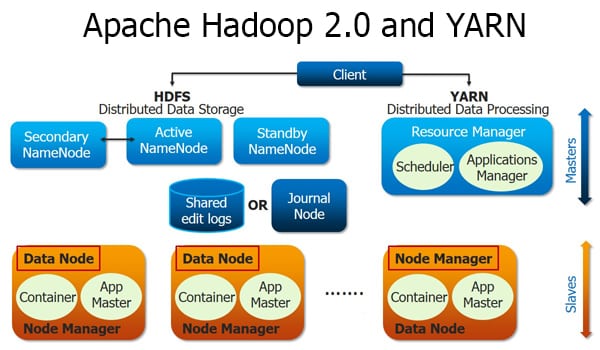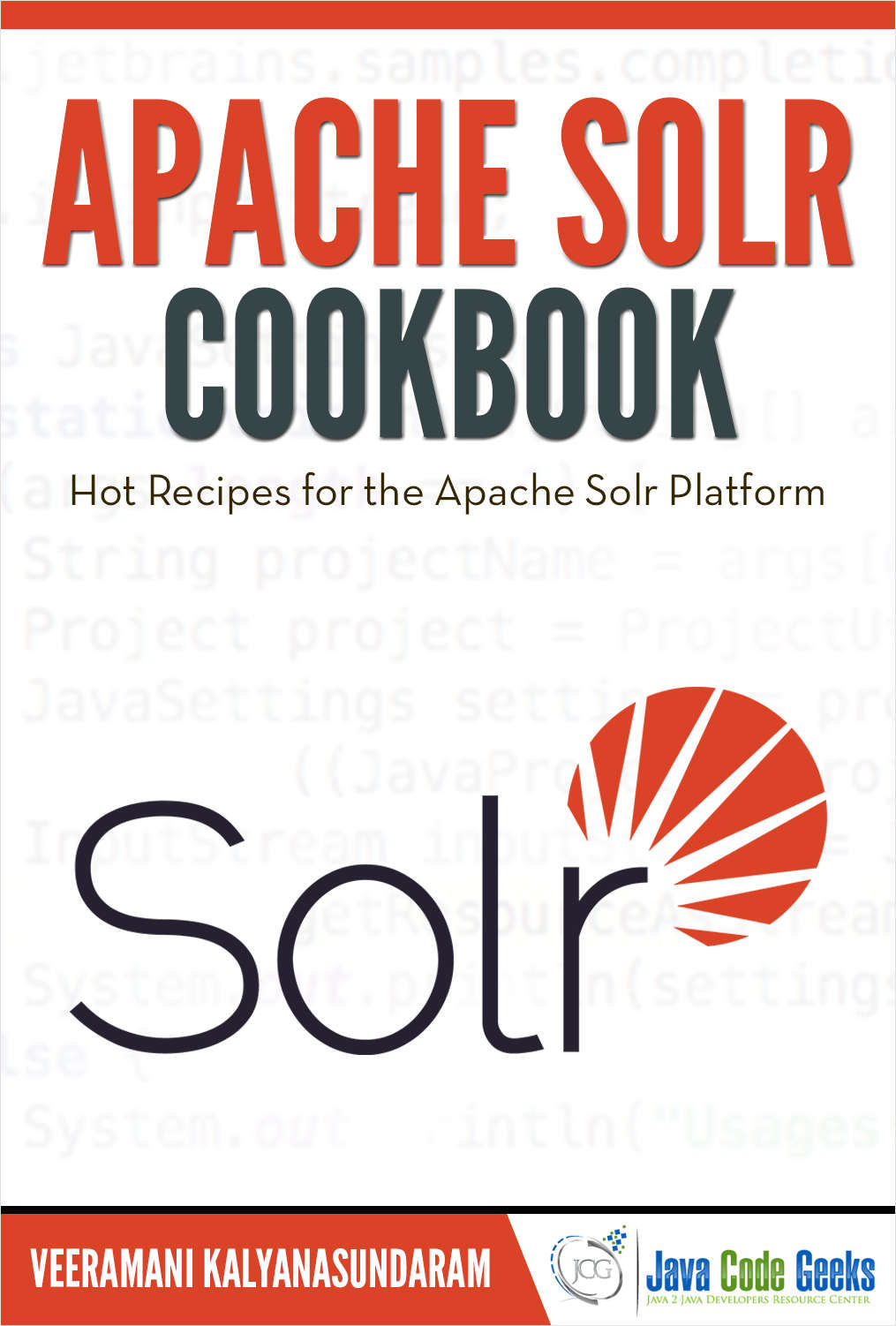
#Apache lucene solr tutorial series
After analysis, the data is converted into a series of tokens which are then added to the index or queried based on the requirement. The transformation includes lower-casing, removing stem words, white space removal etc. Whenever a data is added to Solr it goes through a series of transformation both before indexing and querying. multiValued: can multiple values be assigned to the field?.stored: should the original value be stored?.indexed: should the field be a part of an inverted index?.User-defined field types - Solr allows the user to define custom field types, by combining filter and tokenizers.ĭefining the user-defined field using filter and tokenizer. Primitive field types like float, double, long, date, text.Ģ.

Solr expands the variety of field types available in Lucene. Field is nothing but a key value representation of the data.The definition of a field, name, field type, analyzers, such information is stored in the schema.xml file and all the Solr configurations are stored in solrconfig.xml. Collection of documents together form an index. Supports spell checking, text highlighting and auto-suggestion.Įverything in Solr is stored as a document which is a collection of fields.Atomic updates with optimized concurrency.Easy sharding and replication with Zookeeper.it inverts a page-centric key (page->words) to a keyword-centric key (word->pages) for faster retrieval of search results.

Lucene uses the concept of inverted index i.e. It is capable of improving the search features of a website by providing a full-text search and performing indexing in real-time. Apache Solr is an open source search platform built upon a Java library called Lucene.


 0 kommentar(er)
0 kommentar(er)
